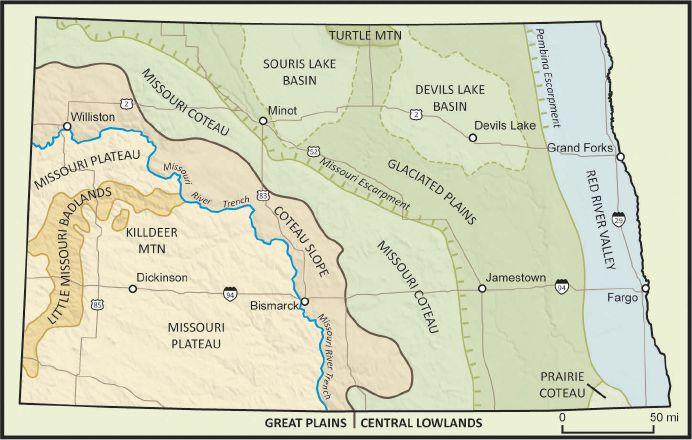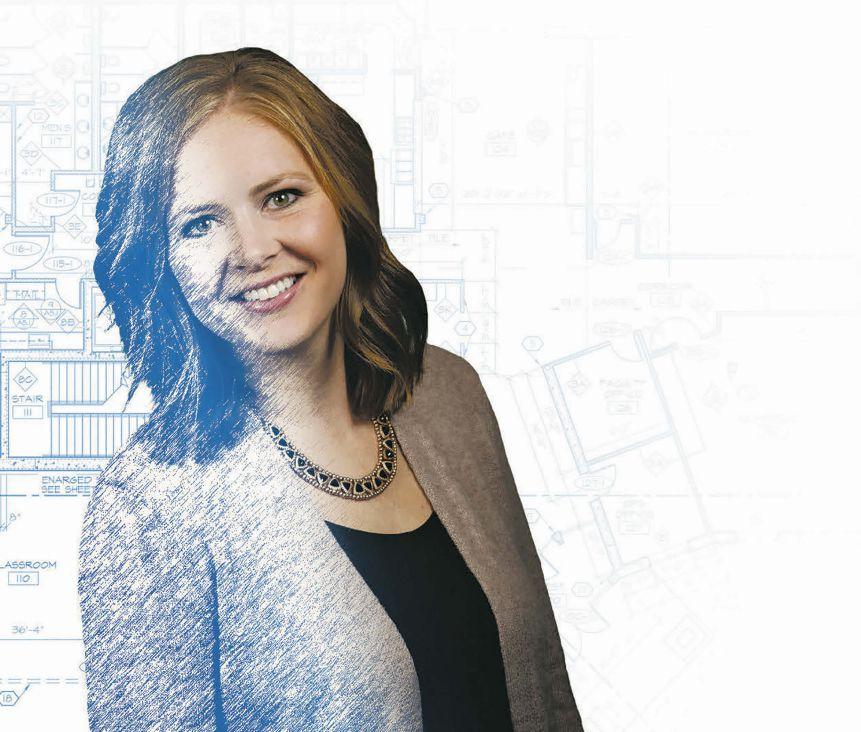
2 minute read
ENERGY/BUSINESSINSIDER
IN 2001, YOU WROTE THE FOLLOWING: “PERHAPS SOME OTHER NEW TECHNOLOGY WILL BE DEVELOPED THAT WILL ALLOW THE HYDROCARBONS TRAPPED IN THE SHALE TO BECOME MOBILIZED AND PRODUCED AT ECONOMIC RATES. IF THIS HAPPENS, MANY WELLS WILL BE DRILLED FOR THE OIL AND GAS IN THE BAKKEN FORMATION.”
A PRESCIENT OBSERVATION! WHAT ARE YOUR THOUGHTS NOW ABOUT WHAT THE NEXT 10 YEARS MIGHT BRING?
The “new technology” I mentioned in 2001 turned out to be hydraulic fracturing. It was patented in 1866, tested in the 1940s and used in the United States (in the Barnett Shale in Texas) in the 1980s. But it wasn’t until hydraulic fracturing was improved to a certain point, and then combined with horizontal drilling, that production of North Dakota’s Bakken oil took off.
The next big step in improving production in shale reservoirs like the Bakken may be done by engineering at the nanometer scale. We currently leave far more oil in the ground than we produce, and to recover a significantly higher percentage of it, we need to greatly improve our technology.
The oil we now leave behind is in tiny, unconnected pores and can’t move from where it is. Research analyzing fluid flow continues as we hunt for ways to let the trapped, tiny oil particles flow. Improved computer technology is now analyzing the physics, fluid flow and so on far more effectively than could be done in the past. It may even be possible to change the shape of the trapped oil droplets, thereby allowing them to move more easily.
YOU’VE DONE FIELD WORK IN EVERY COUNTY IN NORTH DAKOTA. WHAT ARE SOME OF YOUR FAVORITE CAFES AND OTHER OUT-OF-THE-WAY ATTRACTIONS?
North Dakota is filled with outof-the-way attractions. Among my favorites is the top of Cow Butte in Adams County with its ancient, polygon-patterned rock surface, containing fossilized footprints.
I won’t list favorite existing cafes because there are too many good ones, but one of my many favorites from the past was in either Ryder or Makoti, N.D. While doing geology field work in Ward County in 1987, I came across a small cafe where at noon, the lady in charge made 12 dinners –only 12 – and in order to get one, you had to be there on time. The food was great, and I made sure I managed to be there on time while I was working in the area!
Editor’s note: Bluemle retired in 2004 after 42 years with the North Dakota Geological Survey. From 1990 until his retirement, he served as the survey’s director and as North Dakota state geologist.
His book, “North Dakota’s Geologic Legacy,” was written some years after his retirement. It was published in 2016 by the North Dakota State University Press and deals with the character of North Dakota’s landscape and how it formed. Many of the questions dealt with in this Prairie Business interview are covered in the book, but in greater detail.
The book is written for non-geologists and can be ordered from the NDSU Press (ndsupress.org) or from Amazon. It’s also available at the North Dakota Heritage Center and most bookstores in the state.
A WIFE. A MOTHER. A SISTER. A FRIEND. A HORSE LOVER. A VOLLEYBALL PLAYER. A DECORATOR. A PROJECT DESIGNER. ACKERMAN-ESTVOLD.

Meet Kimberly. She’s a creative and enthusiastic project designer on our architecture team. At Ackerman-Estvold, she’s busy designing and building numerous facilities throughout the state. But we know there is more to Kim than floor plans and elevations.

As a mom, she’s busy building a different kind of foundation; one of faith and family. She loves her community and is excited to help it grow. Whether Kim is out on a trail enjoying a North Dakota sunset or constructing Lego® buildings on the living room floor, she’s planning a future that’s not only bright for her, but for all of us.









